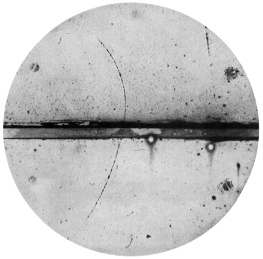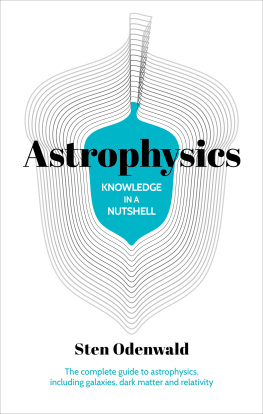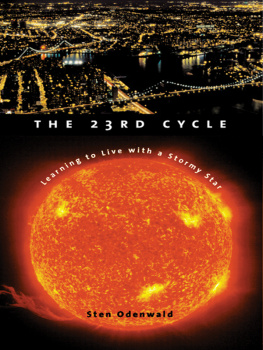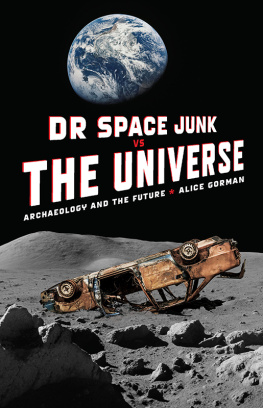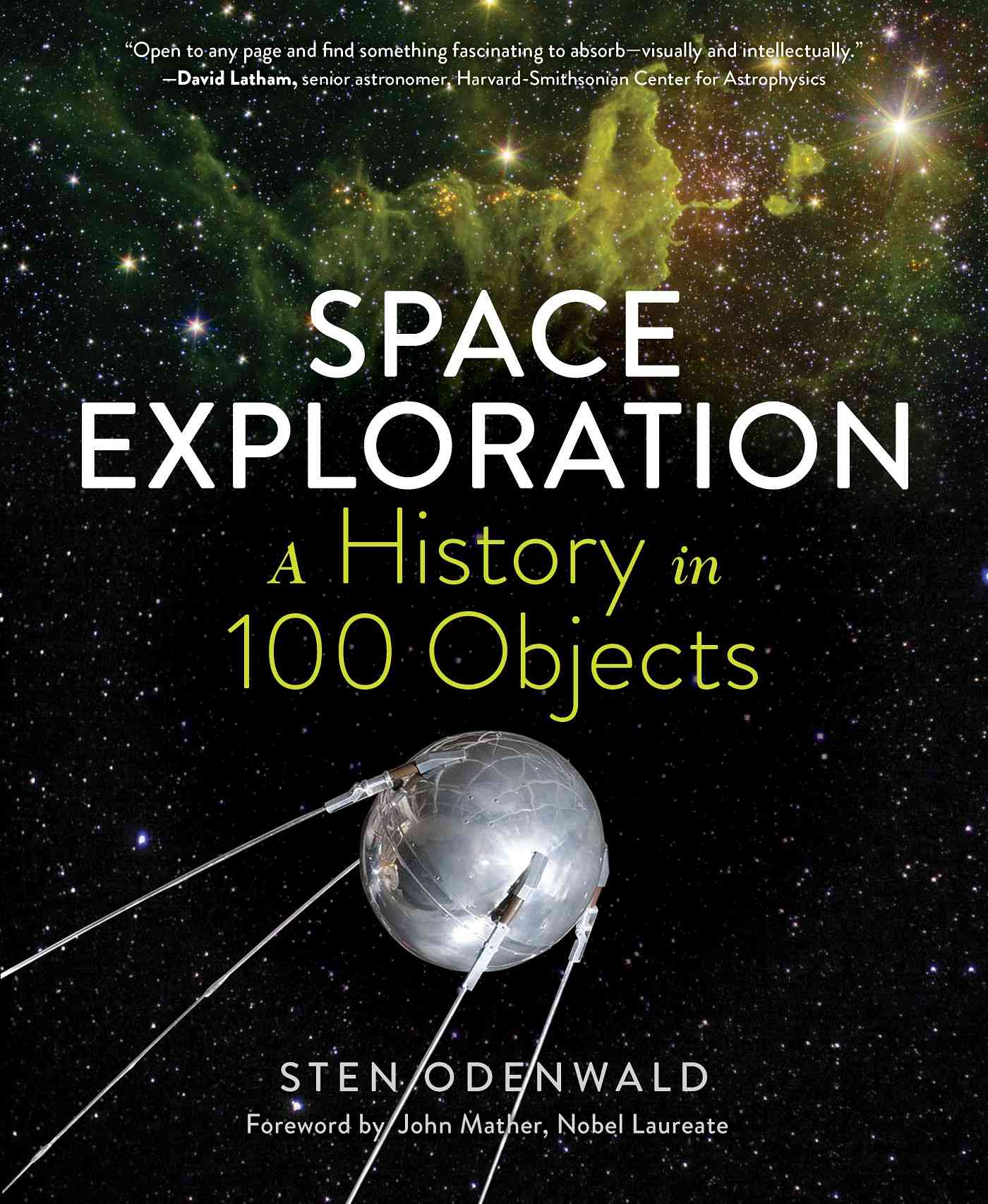
Also by Sten Odenwald
The 23rd Cycle: Learning to Live with a Stormy Star
Patterns in the Void: Why Nothing Is Important
The Astronomy Caf: The Best 365 Questions and Answers from Ask the Astronomer
Back to the Astronomy Caf
An Astronomical Life! A First-Person Journey
Cosmic History II: From the Ice Age to the End of Time
Cosmic History: From the Big Bang to the Last Ice Age
Eternity: A Users Guide
Interstellar Travel: An Astronomers Guide
Interplanetary Travel: An Astronomers Guide
Solar Storms: 2000 Years of Human Calamity!
Exploring Quantum Space
Cosmology: Everything You Need to Know to Master the Subjectin One Book!
Knowledge in a Nutshell: Astrophysics
Knowledge in a Nutshell: Quantum Physics
Space ExplorationA History in 100 Objects
Copyright 2019 by Sten Odenwald
Foreword copyright 2019 by John Mather
The section is a continuation of this copyright page.
All rights reserved. Except for brief passages quoted in newspaper, magazine, radio, television, or online reviews, no portion of this book may be reproduced, distributed, or transmitted in any form or by any means, electronic or mechanical, including photocopying, recording, or information storage or retrieval system, without the prior written permission of the publisher.
The Experiment, LLC
220 East 23rd Street, Suite 600
New York, NY 10010-4658
theexperimentpublishing.com
THE EXPERIMENT and its colophon are registered trademarks of The Experiment, LLC. Many of the designations used by manufacturers and sellers to distinguish their products are claimed as trademarks. Where those designations appear in this book and The Experiment was aware of a trademark claim, the designations have been capitalized.
The Experiments books are available at special discounts when purchased in bulk for premiums and sales promotions as well as for fund-raising or educational use. For details, contact us at .
Library of Congress Cataloging-in-Publication Data
Names: Odenwald, Sten F., author.
Title: Space exploration : a history in 100 objects / Sten Odenwald.
Description: New York : The Experiment [2019]
Identifiers: LCCN 2019026580 (print) | LCCN 2019026581 (ebook) | ISBN
9781615196142 (hardcover) | ISBN 9781615196159 (ebook)
Subjects: LCSH: Astronomy--History. | Astronautics--History. | Outer
space--Exploration--History.
Classification: LCC QB500.262 .O34 2019 (print) | LCC QB500.262 (ebook) |
DDC 520.9--dc23
LC record available at https://lccn.loc.gov/2019026580
LC ebook record available at https://lccn.loc.gov/2019026581
ISBN 978-1-61519-614-2
Ebook ISBN 978-1-61519-615-9
Cover and text design by Beth Bugler and Jack Dunnington
Cover photographs courtesy of NASA (galaxy) and the Smithsonian National Air and Space Museum
(Sputnik 1; photo by Eric Long [NASM 2006-25353])
Manufactured in China
First printing November 2019
10 9 8 7 6 5 4 3 2 1
To my wife, Susan, and my daughters, Emily and Stacia
Foreword by John Mather
S pace ExplorationA History in 100 Objects is filled with fascinating stories, and you can certainly enjoy them in any order. But if you want to take in the full measure of human ingenuity with regard to our understanding of space, its better to go from beginning to end. Sten Odenwald has surprises for you on every pagebeginning with the very first entry, on a seemingly simple piece of rock dating back many thousands of years; it may not look like much, but it paves the way for all the momentous breakthroughs that follow.
Every single essay in this collection of objects is a brilliant and fun read. Together, they tell a breathtaking story that starts with early humans writing their calendars, surveying their fields, and thenonly a few thousand years laterliving everywhere, exploring everything; building telescopes and prying open the universes secrets. Odenwald doesnt just describe the objects; he weaves the history of our species with our growing body of knowledge about these objects. Here, youll see the tools of the astronomers trade: star charts and celestial catalogs, calculators and maps, telescopes and satellites, and robotic explorers of the solar system. But youll also see objects that are familiar outside the realm of space travelsuch as the rubber O ring, which youll find on garden hoses and SCUBA gear, and which also happens to be used as a sealant between segments of rocket fuel boosters, and its included in this book because its responsible for perhaps the worst tragedy in the history of space exploration: the space shuttle Challenger disaster. At the other extreme of this spectrum is the Large Hadron Collidersaid to be the most complex machine ever built, it changed the way we understand the creation of the cosmos.
After reading Space Exploration, one comes away with an enormous sense of the acceleration of human ingenuity: The interval between the invention of the first two landmark objects is more than thirty thousand yearswhile only a couple of years separate the last two. The message is clear: Humans can accomplish anything we set our minds (and resources) to. Abundant challenges may be ahead of us, but these 100 objects make one wonder: Are there any limits to what we can do?
JOHN MATHER
April 2019
John Mather won the 2006 Nobel Prize in Physics for measuring the Big Bang. He is the senior project scientist at the James Webb Space Telescope, which is the successor to the Hubble Space Telescope.
Acknowledgments
T his complex book could not have been undertaken without the suggestion and support of my editor at The Experiment, Nicholas Cizek. It took many months and no fewer than four different drafts just to develop the list! Thanks also to the rest of the team at The Experiment, including Beth Bugler and Jack Dunnington for the design, Zach Pace and Pamela Schechter for managing the complex process of putting together and producing the book, Nancy Elgin and Allison Dubinsky for first-rate copyediting and fact checking, and Jennifer Hergenroeder and Ashley Yepsen for promoting my work.
I would also like to thank John Mather for his foreword. Hes personally responsible for making some of the historic contributions I recount in this book, and I am delighted to have had his continuing friendship over the many years since our paths crossed in 1991 during the COBE mission.
Finally, I would like to thank my family for their support and understanding as I obsessively talked about these one hundred objects, getting lost in the minutiae while I wrote an essay, and then doing the same thing all over again, ninety-nine more times.
about the author
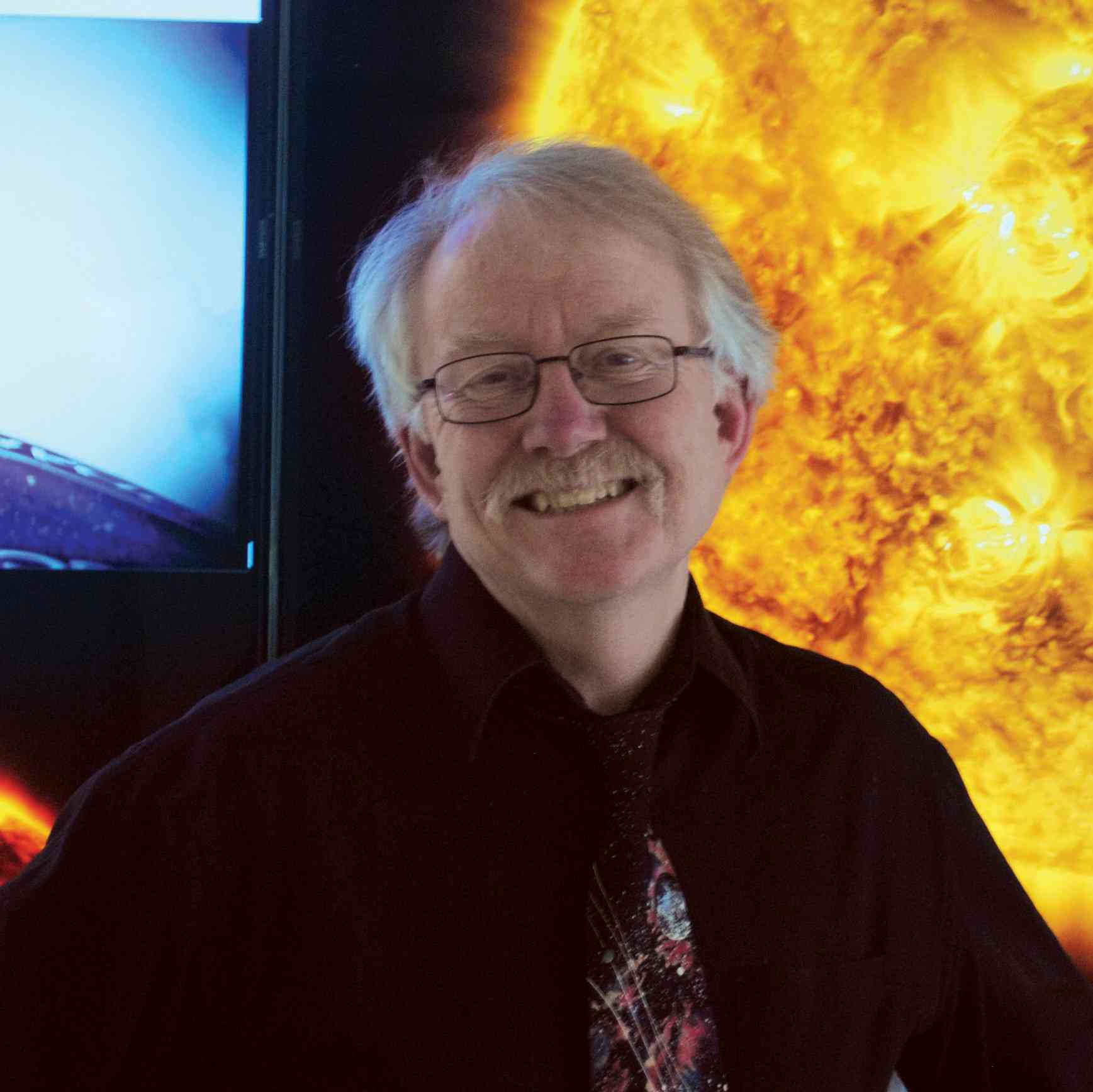
DR. STEN ODENWALD is an award-winning astrophysicist and prolific science popularizer who has been involved with science education for the COBE, IMAGE, Hinode, and InSight missions, as well as NASAs Sun-Earth Connection Education Forum. He is currently the director of citizen science for the NASA Space Science Education Consortium at the NASA Goddard Space Flight Center.
Resources and Photo Credits
T he information in this book was drawn largely from my own expertise as well as a number of essential sources, including NASA, Smithsonian magazine, Space.com, and Britannica.com. Apart from visiting many of these objects in museums and collections around the world, you can learn more about them by taking your own online journey; Id recommend these key sources as a launchpad for your travels! The sources below represent those that were specifically used for individual entries.
Next page

